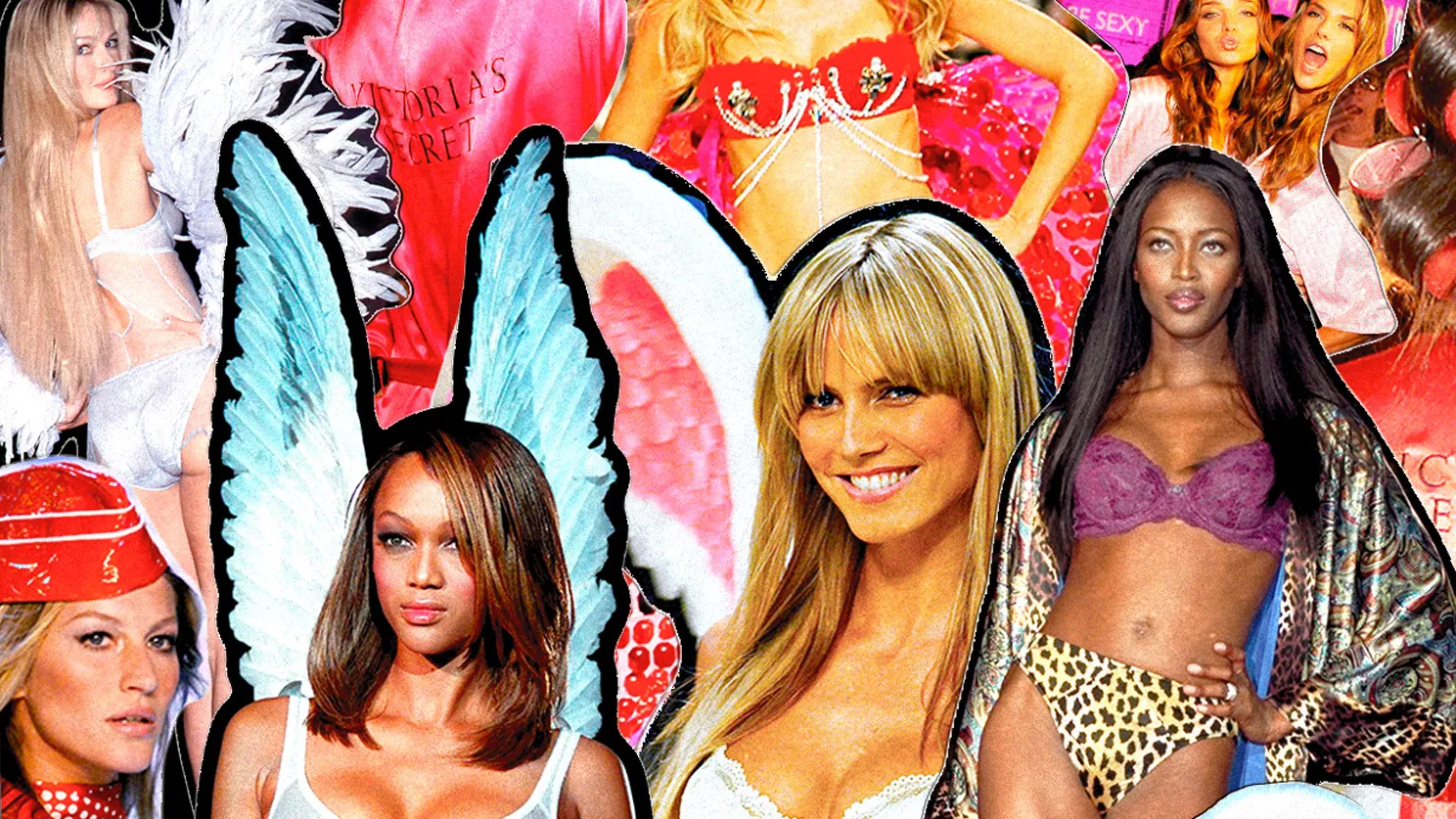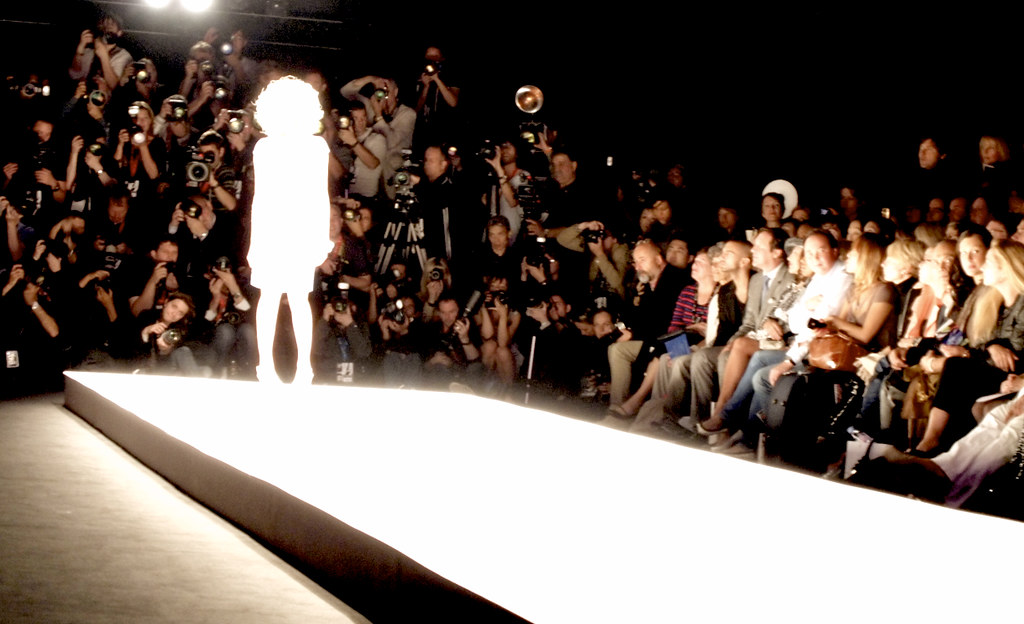yanomami.net – Victoria’s Secret, a name synonymous with glamour and allure, has been a dominant force in the fashion industry for decades. This article explores the evolution of this iconic brand, from its humble beginnings to becoming a global fashion powerhouse.
The Inception
Founded in 1977 by Roy Raymond in San Francisco, Victoria’s Secret was created with a unique vision: to make lingerie shopping a more comfortable experience for men. Raymond’s idea stemmed from his own discomfort while shopping for his wife, and thus, the first store was designed to resemble a Victorian boudoir, providing a welcoming atmosphere for both men and women.
Rapid Expansion
The brand’s success was almost immediate, leading to rapid expansion. In 1982, Victoria’s Secret was sold to Les Wexner, founder of The Limited. Under Wexner’s leadership, the brand underwent a transformation, focusing on creating a fantasy experience with its products and stores. This shift in strategy laid the foundation for Victoria’s Secret to become the largest lingerie retailer in the United States.
The Fashion Show Phenomenon
One of the most significant milestones in Victoria’s Secret’s history was the launch of the annual Victoria’s Secret Fashion Show in 1995. The event quickly became a cultural phenomenon, showcasing top supermodels and entertainers, and was broadcasted to millions worldwide. The fashion show was not just a display of lingerie but a celebration of beauty, entertainment, and fashion.
Challenges and Criticism
Despite its success, Victoria’s Secret faced significant challenges in the late 2010s. Criticisms emerged regarding the brand’s narrow portrayal of beauty and lack of diversity. The fashion show was canceled in 2019 amid declining viewership and changing consumer preferences. The brand struggled to adapt to a market increasingly focused on inclusivity and body positivity.
Rebranding and Resurgence
In recent years, Victoria’s Secret has embarked on a journey of rebranding and reinvention. The company has made efforts to diversify its product offerings and marketing strategies, including casting a wider range of models and emphasizing inclusivity. This strategic shift aims to align the brand with modern values and regain its position as a leader in the fashion industry.
Conclusion
Victoria’s Secret’s journey from a single store in San Francisco to a global fashion empire is a testament to its resilience and adaptability. While the brand has faced its share of controversies and challenges, its ability to evolve and embrace change continues to define its legacy in the fashion world. As Victoria’s Secret moves forward, it remains poised to captivate audiences with its unique blend of glamour and innovation.

